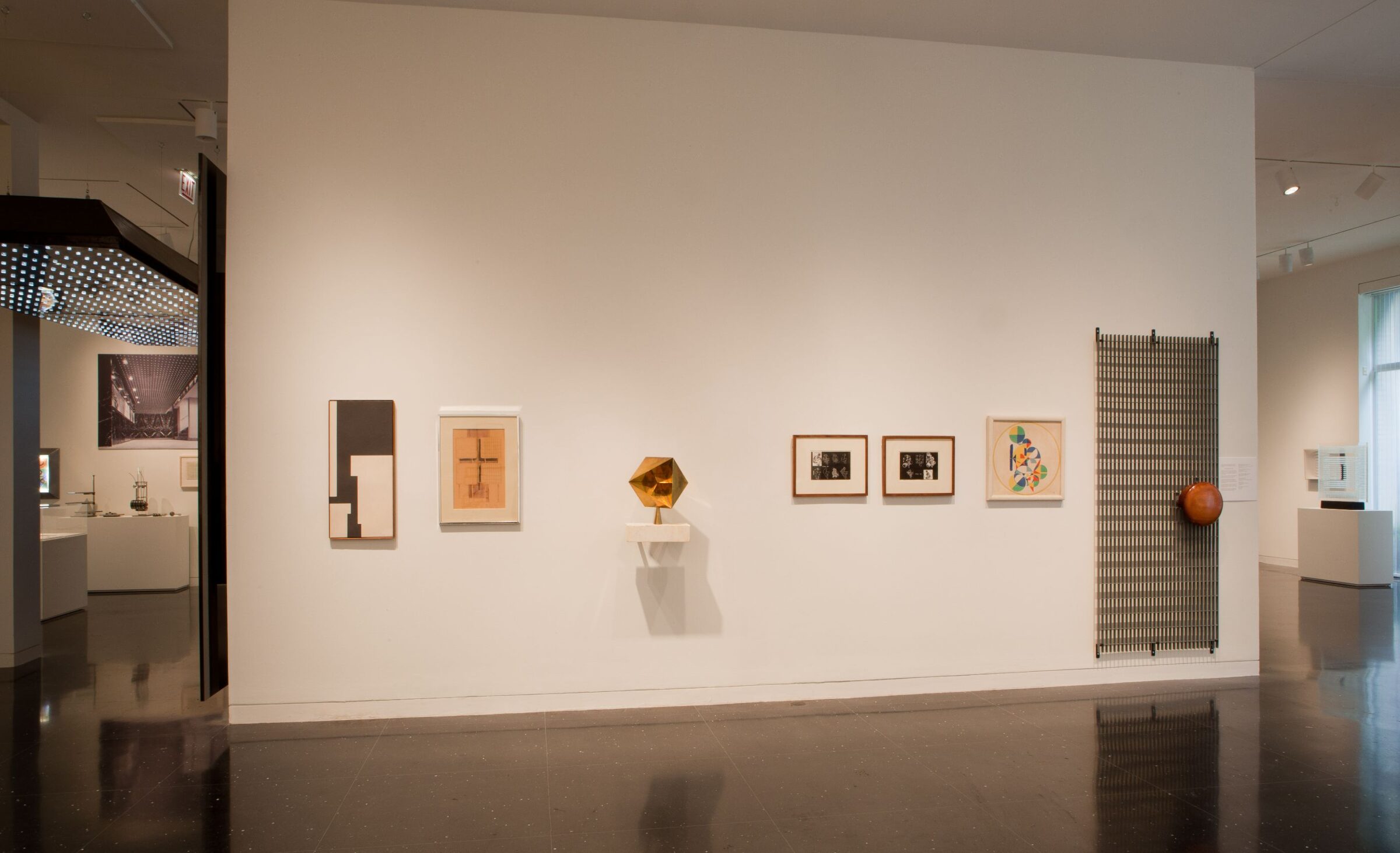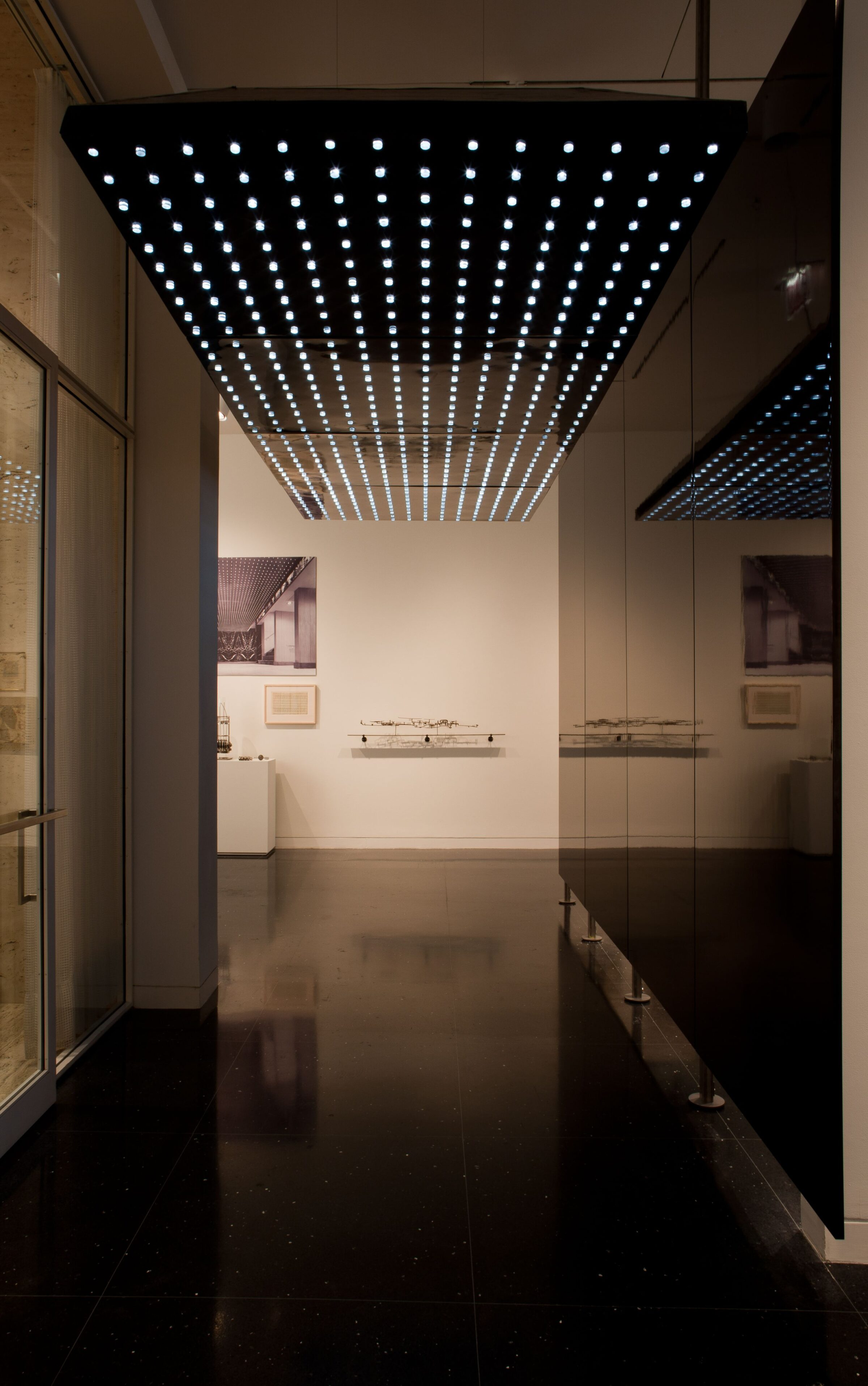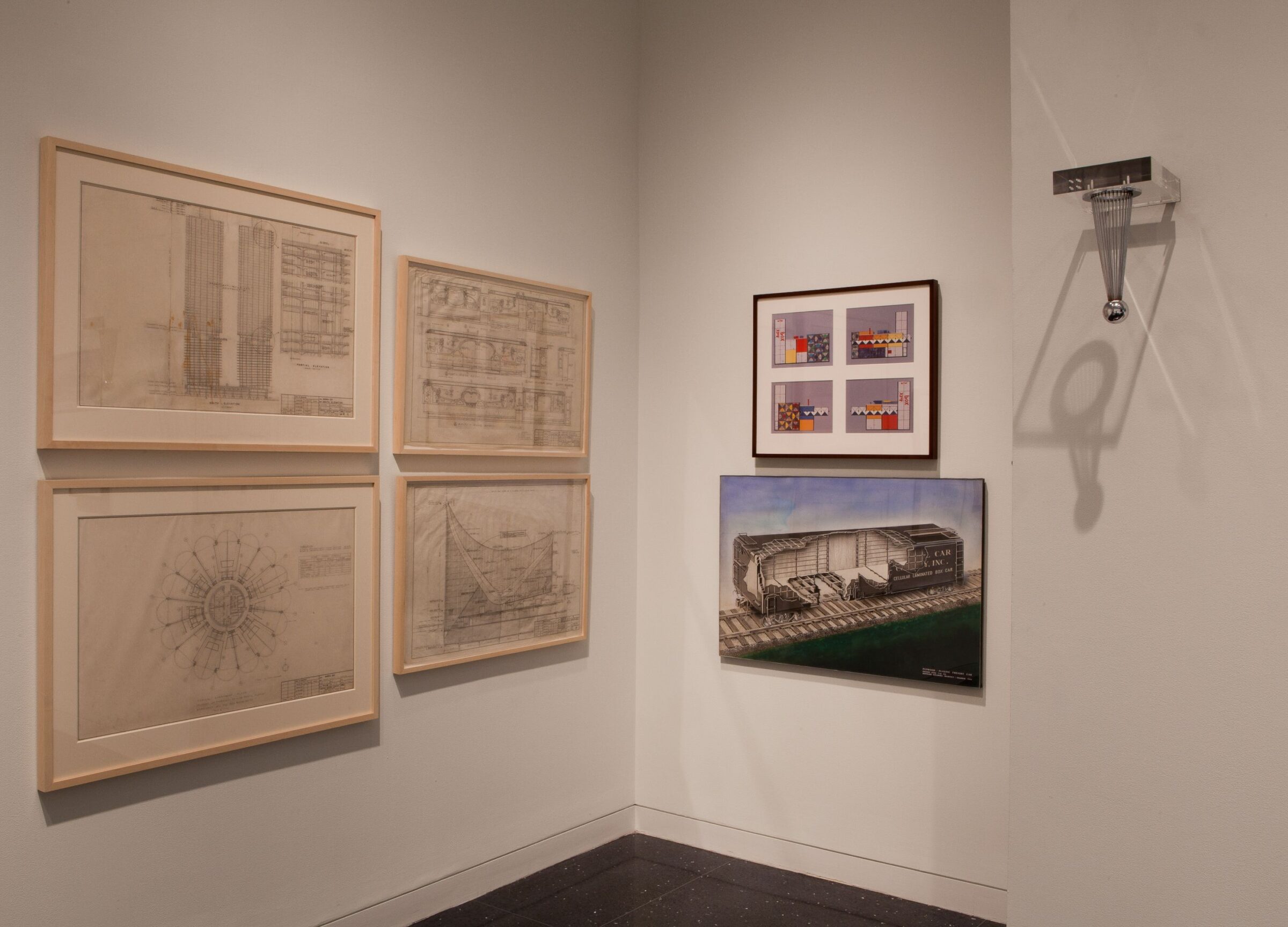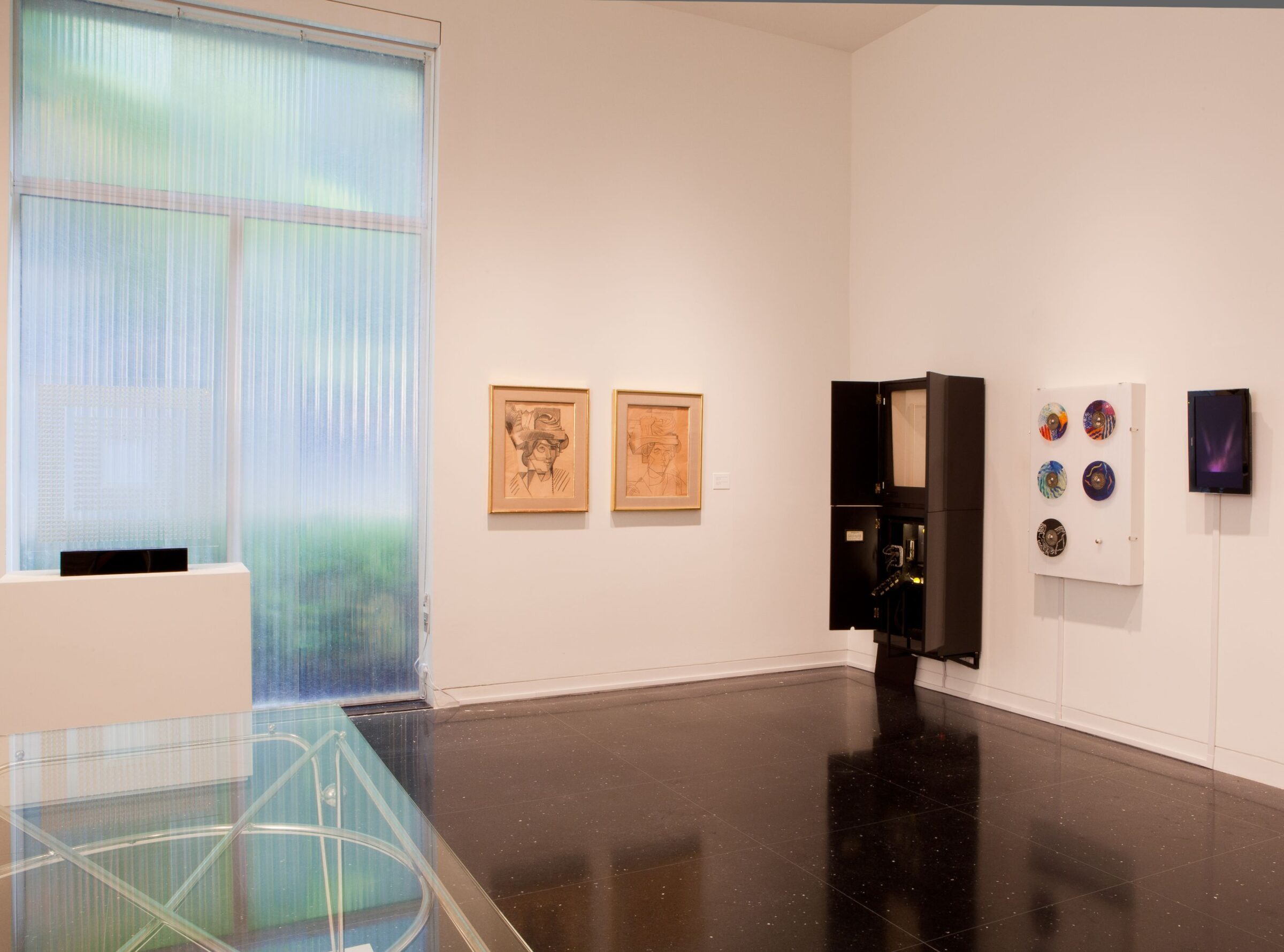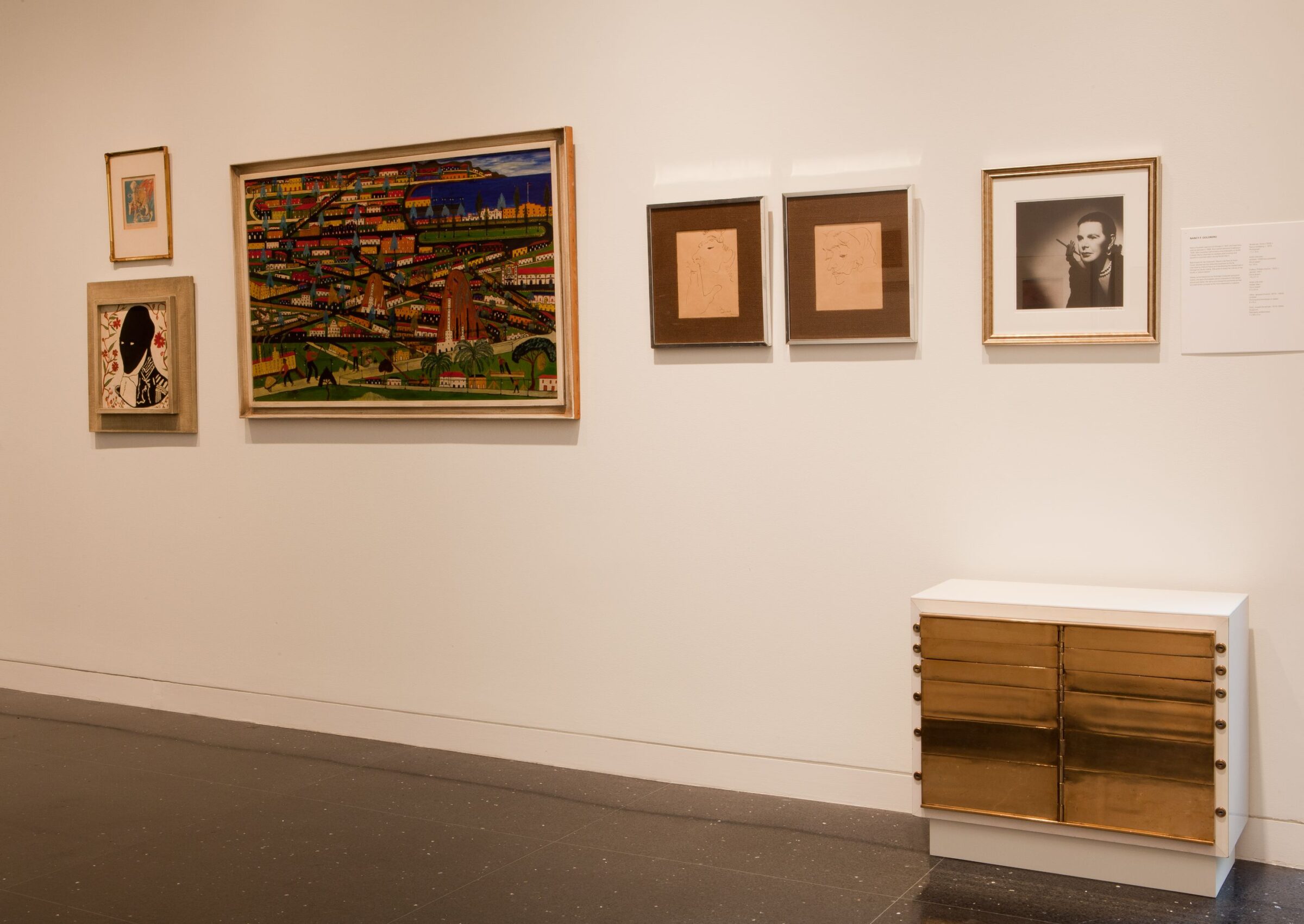Bertrand GoldbergReflections
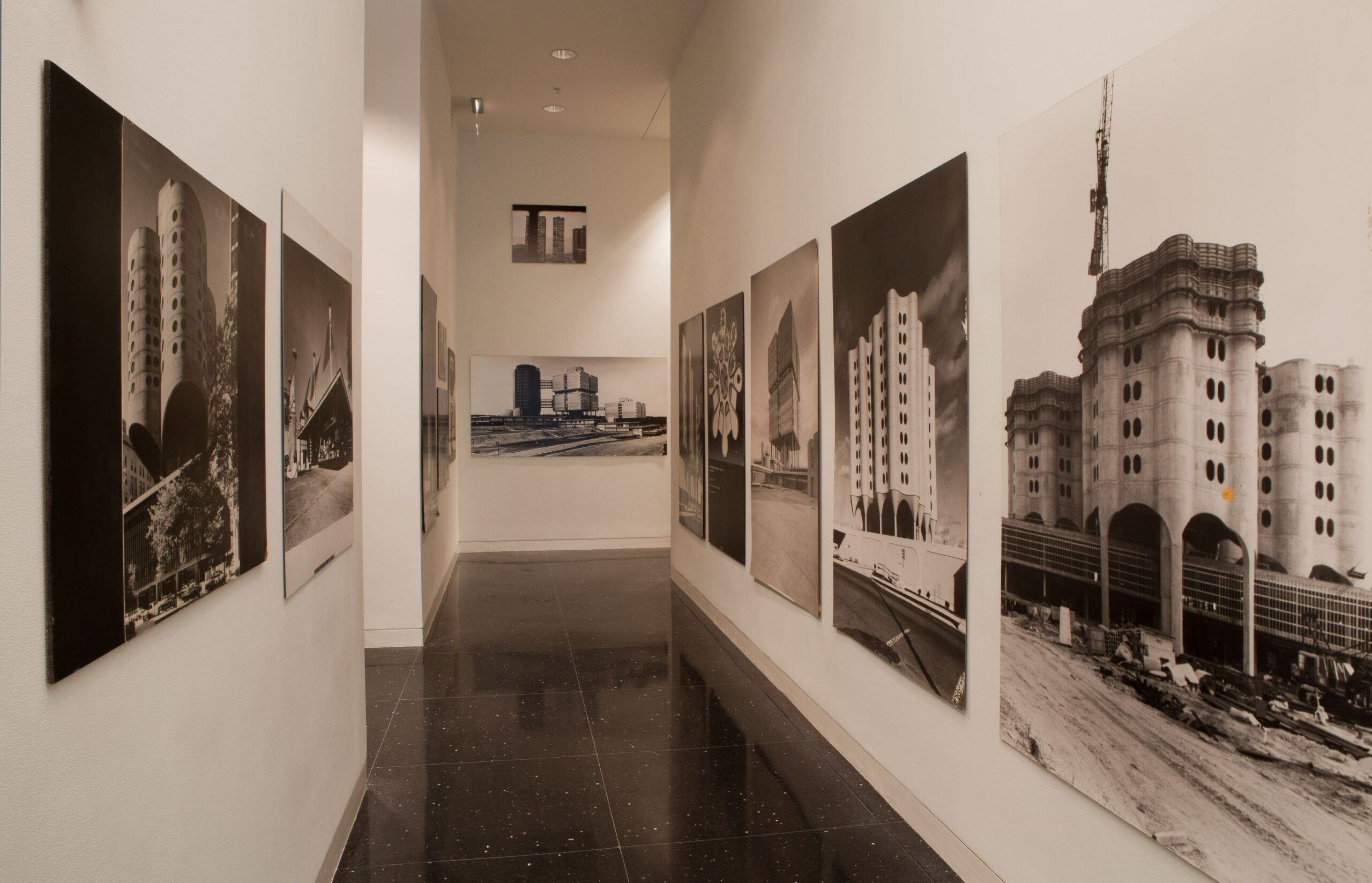
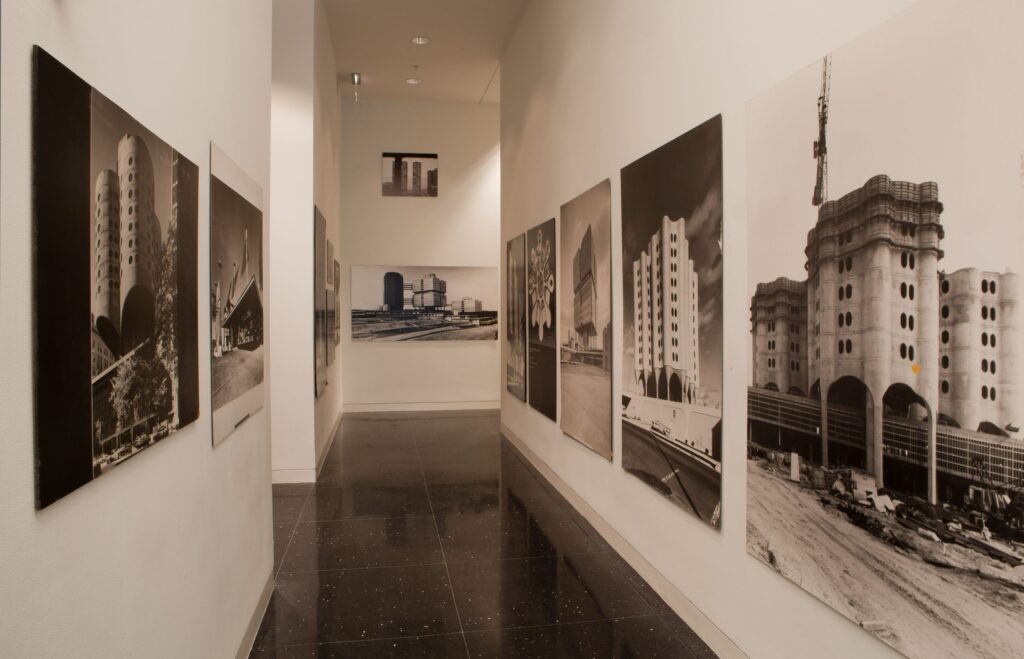
Past exhibition
Bertrand Goldberg Reflections
About the Exhibition
Bertrand Goldberg (1913–1997) was a mid-20th-century modern architect whose work is an exemplar of individualistic and unique solutions to complex problems. Throughout his career, he maintained a serious and inventive investigation into materials and construction issues. An engineer and intellectual, Goldberg’s vision combined technical knowledge, intellectual reflection, and personal insights that encompassed architecture, urbanism, and progressive social causes.
Bertrand Goldberg: Reflections examines the sources of and influences on Goldberg’s vision by looking at his personal collection of art and artifacts, his friendships with artists and intellectuals, his personal photographs, and his designs for furniture, jewelry, and functional fabrications, to provide an understanding of the man behind the public image. Unlike many architects, Goldberg did not keep a sketchbook, preferring to solve problems directly. Goldberg’s many layered solutions seem to come organically from the objects that he chose to surround himself with: works by fellow Bauhaus-associated artists Paul Klee and Max Bill, Italian artist Pietro Consagra, and his teacher Josef Albers; cultural artifacts; and sculpture and string constructions from his mother-in-law, abstract/constructivist artist Lillian Florsheim. The Arts Club’s exhibition is a rare glimpse into the “studio” of one of the most innovative architects of the 20th century.
The Arts Club of Chicago’s exhibition is a companion to Bertrand Goldberg: Architecture of Invention at the Art Institute of Chicago (September 17, 2011–January 15, 2012), the first comprehensive retrospective of Goldberg’s career, with works ranging from futuristic prefabricated structures designed in the 1930s to the iconic Marina City and hospital complexes of his mature practice. The Art Institute is the repository of the Bertrand Goldberg Archive.
Bertrand Goldberg: Reflections has been designed and installed by architects John Vinci, FAIA, and Geoffrey Goldberg, AIA.
About the Artist
Bertrand Goldberg was born in 1913 in Chicago, and received his architectural training from 1930 to 1936 at the Cambridge School of Landscape Architecture (now incorporated into Harvard University); the Bauhaus in Berlin, Germany; and the Armour Institute of Technology (now Illinois Institute of Technology) in Chicago. He worked in the offices of George Fred Keck (1935) and Paul Schweikher (1935–36) before establishing his own practice in 1937. During World War II, he designed housing and mobile laboratories for the United States government, followed by two industrial projects for prefabricated bathrooms and a plywood boxcar. Two large commissions at the end of the 1950s established his international presence—Astor Tower (1958–63) and Marina City (1959–67), the crowning and central achievement of his career.
Afterwards, he directed his interests towards larger social and political concerns, concentrating on progressive planning: Raymond Hilliard Homes (1966), River City (1986), and schools and hospitals, such as Prentice Women’s Hospital (1974). He was the recipient of numerous awards and was included in exhibitions worldwide. He was elected to the College of Fellows of the American Institute of Architects (1966) and was awarded the rank of Officier dans l’ordre des Arts et des Lettres from the French government (1985).
Truly a visionary in the field of architecture, Goldberg’s practice encompassed social and political concerns, being one of the first architects to actively engage urbanism and the survival plight of modern cities.
My message, I think, is much more important either than myself personally, or than the quick identification as the round-building architect. I am talking about the performance of people in a social system, about the performance of people in the city.
—Bertrand Goldberg
About the Organizers
John Vinci, FAIA, of Vinci Hamp Architects, Inc., has been a principal of his own architecture firms since 1969. Vinci has an established reputation in the restoration of historic architecture, the design of new buildings, as well as museum design and exhibition installation. His new buildings include the National Italian American Sports Hall of Fame, The Arts Club of Chicago, and several award-winning residences. Vinci’s restoration work includes Louis Sullivan’s Chicago Stock Exchange Trading Room, Frank Lloyd Wright’s Home and Studio in Oak Park, and numerous projects for the Art Institute of Chicago.
Geoffrey Goldberg, AIA, has practiced architecture and urban design in Chicago for the past 25 years. He worked with his father at Bertrand Goldberg Associates for many years, and has also worked in the offices of I.M. Pei and for the office of then-Mayor of Chicago Richard M. Daley. He founded his own firm in 1992. His work has received awards for both design and planning. Goldberg has taught architecture for many years at University of Illinois, and recently urban design at Harvard University. He has also been active in organizing the Bertrand Goldberg Archive.
